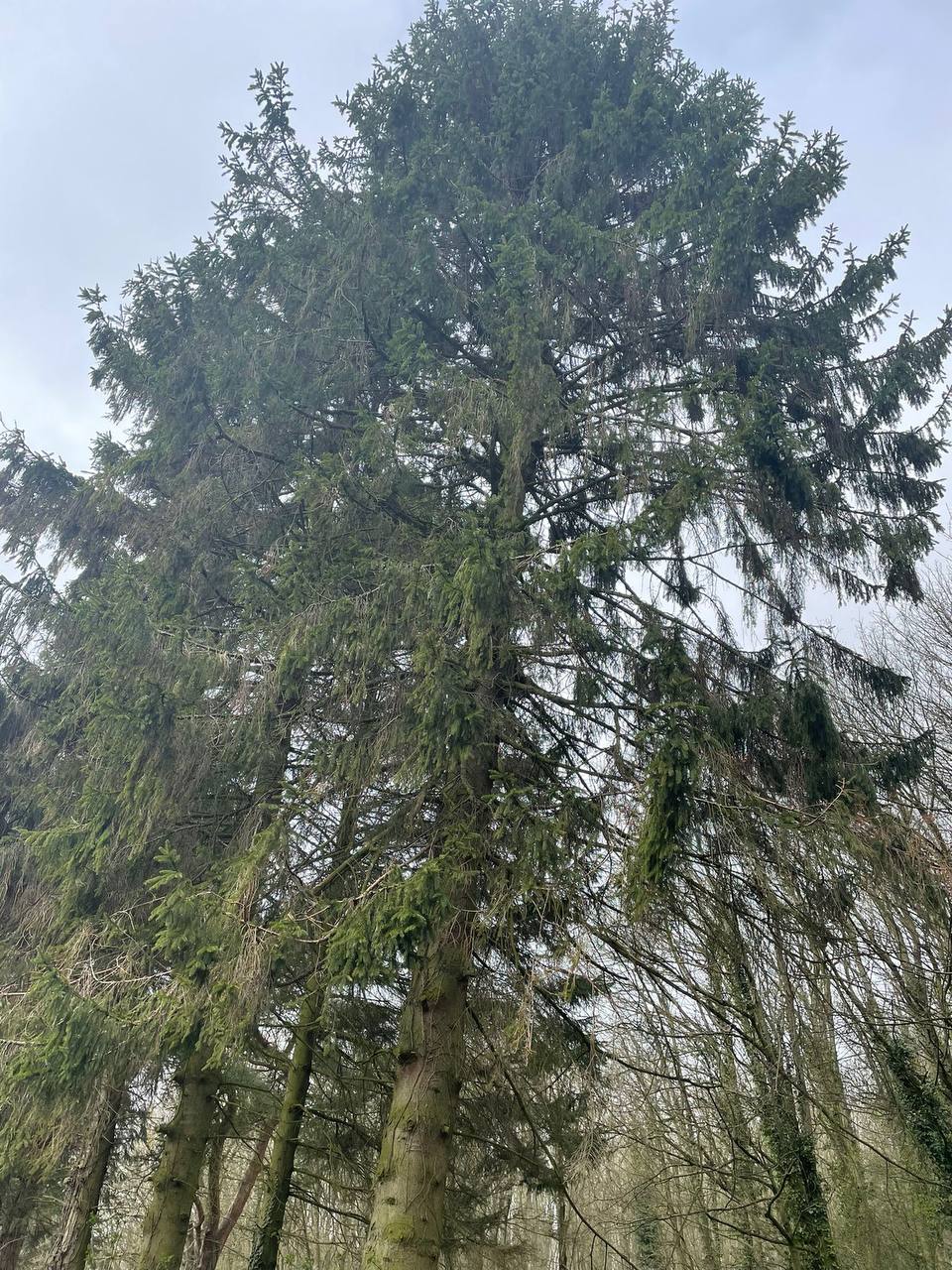
Introduction: Privacy is a cherished aspect of our homes and outdoor spaces. While fences and walls can provide privacy, they lack the natural beauty and benefits that trees offer. Pruning trees for privacy screening is an excellent way to create natural barriers that enhance your property’s aesthetics and functionality. In this blog post, we’ll explore how tree pruning can transform your outdoor space into a secluded oasis.
The Benefits of Natural Privacy Screens:
- Aesthetic Appeal: Trees add a touch of natural beauty to your landscape, transforming your outdoor area into a visually pleasing environment.
- Environmental Benefits: Trees absorb carbon dioxide, release oxygen, and provide habitat for wildlife, contributing to a healthier and more sustainable ecosystem.
- Noise Reduction: Dense tree canopies can help muffle street noise, providing a peaceful and serene environment within your property.
- Shade and Cooling: Trees provide shade during hot summer months, reducing the need for air conditioning and making outdoor spaces more comfortable.
- Property Value: A well-designed and maintained natural privacy screen can increase your property’s value and appeal to potential buyers.
Choosing the Right Trees:
When selecting trees for privacy screening, consider the following factors:
- Height: Choose trees that can reach the desired height for privacy. Evergreen trees like Leyland cypress and arborvitae are popular for rapid growth and year-round screening.
- Density: Look for trees with dense foliage to create an effective privacy screen. Some deciduous trees with dense branching can also serve this purpose.
- Growth Rate: Consider the growth rate of the chosen trees. Some species grow faster than others, providing quicker results.
Pruning Techniques for Privacy Screening:
- Selective Pruning: Begin by selectively pruning lower branches to create a clear trunk, allowing an unobstructed view beneath the tree.
- Topiary Pruning: Shape the trees through topiary pruning to encourage denser growth and a more attractive appearance.
- Crown Reduction: Prune the top of the tree’s crown to limit its height and encourage lateral growth, creating a thick, natural barrier.
- Regular Maintenance: Schedule regular pruning sessions to maintain your privacy screen’s desired shape and density. This also prevents overcrowding and reduces the risk of disease.
Additional Tips:
- Spacing: Properly space your trees to ensure healthy growth and prevent overcrowding.
- Mulching and Watering: Apply mulch around the base of your trees and provide adequate watering to promote healthy root development.
- Professional Assistance: If you’re unsure about the pruning process or need assistance, consider hiring a professional tree surgeon for expert guidance and maintenance.
Conclusion: Pruning trees for privacy screening is a wonderful way to create natural barriers that enhance the beauty and functionality of your outdoor space. By choosing suitable trees and employing proper pruning techniques, you can enjoy a private, tranquil haven in your backyard while contributing to a healthier environment.
Call us on: 01634 564698
Click here to find out more about Gillingham Tree Surgeons
Click here to complete our contact form and see how we can help with your tree’s needs.